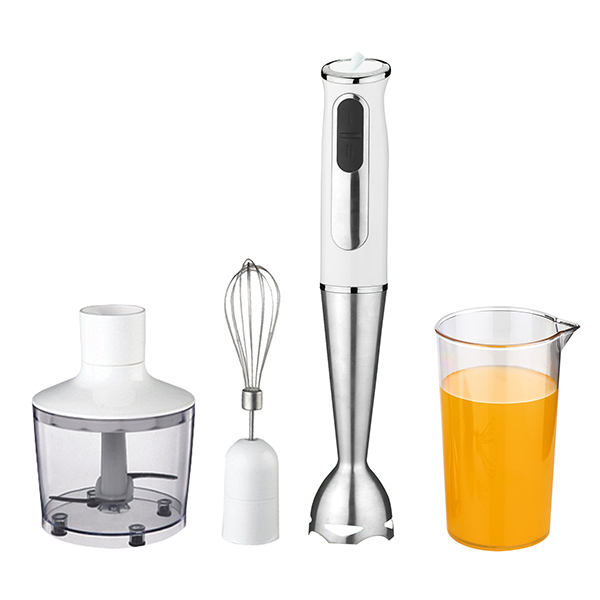

There are many different types of juicers available, bu […]
Centrifugal juicer
This type of juicer is the most popular because it is usually the cheapest. A centrifugal juicer works similarly to a blender, but instead of keeping the fiber and juicer together, it separates them.
The centrifugal juicer uses a blade to chop, crush or mash the chopped things, and then drip the juice into the water collection cup, leaving the pulp outside.
Due to the working principle of a centrifugal juicer, the heat involved in chopping and grinding ingredients can cause nutrient loss.
If you just want to juice and have a tight budget, these types of juicers are great.
Chewing/cold pressing/slow juicer
All these names refer to the same type of juicer. Use a chewing juicer instead of spinning and shredding the ingredients, but squeezing them. This process is much slower than a centrifugal juicer (hence the name slow juicer), but the juice produced has a higher nutrient yield.
If you are serious about juicing and already have some experience, chewing juicers are usually more expensive, larger, and usually the best. If you just dip your toes into the juicer, chewing on the juicer may cause overkill.
Summary of Juicer and Blender
Juicers and blenders are very different products and produce very different beverages. Before you buy one, it is important to know which one is better for you.
All in all, juicers are more expensive, produce more nutritious food, and leave a fibrous pulp. The blender mixes and mashes all the food you put in to make a beverage with higher fiber content and lower overall nutrient density.
